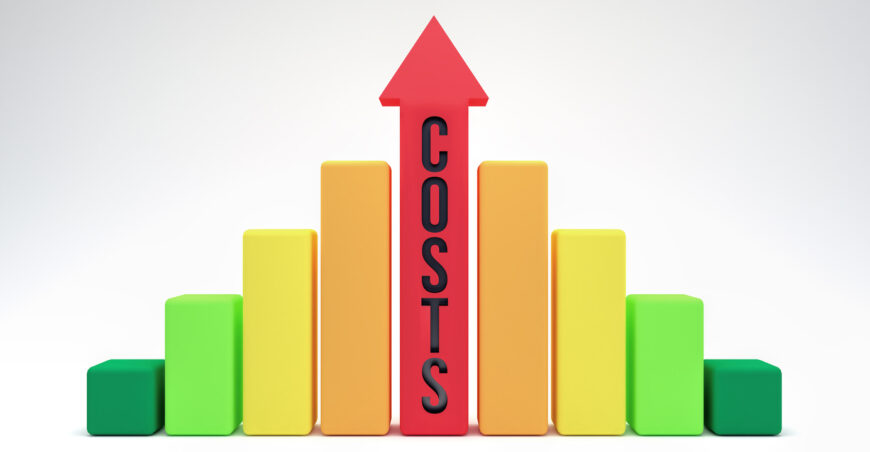Commercial real estate investors are no strangers to rising insurance costs. In recent years, insurance premiums have quietly grown into a significant drag on net operating income (NOI). What was once a predictable expense has now become a volatile factor that can dramatically alter returns, valuations, and investor sentiment.
In this article, we’ll unpack why insurance costs are rising, how they affect Commercial Real Estate returns in ways that aren’t always obvious, and what proactive investors can do to protect their portfolios.
Why Are Insurance Costs Rising?
Several macro and microeconomic forces are converging to push insurance premiums higher across the U.S. CRE market:
-
Climate Risks and Natural Disasters
Hurricanes, floods, wildfires, and extreme weather events are occurring with greater frequency and severity. Insurers, facing record-breaking payouts, are passing those costs onto property owners through higher premiums, higher deductibles, and stricter policy terms. -
Reinsurance Market Pressure
Insurance carriers rely on reinsurance to spread risk. When reinsurers raise their rates, often after catastrophic global losses – the cost trickles down to property-level insurance policies. -
Litigation and Liability Trends
Rising claim related to liability lawsuits, tenant disputes, and even cyber risks are creating additional financial strain on insurers. -
Inflation and Replacement Costs
The cost to rebuild or repair properties has increased due to higher material and labor prices. Insurers must account for these replacement values when setting premiums.
The Hidden Impact of Rising Insurance Costs on Commercial Real Estate Returns
While rising insurance costs are often treated as just another line of items, their true impact extends deeper into financial performance and valuation.
1. Shrinking Net Operating Income (NOI)
Insurance is part of operating expenses. When premiums rise, they eat into NOI – a critical metric that drives both property valuations and investor returns. Even modest increases can cause cap rate compression and lower asset values.
2. Higher Tenant Costs in Triple-Net Leases
In triple-net (NNN) lease structures, insurance costs are typically passed through to tenants. While this may seem like a solution, it can create friction in renewals and tenant retention issues, particularly medical, retail, or office tenants already burdened by inflation.
3. Impact on Debt Service Coverage Ratios (DSCR)
For leveraged properties, higher insurance costs can weaken DSCR. This can make refinancing more challenging, especially in today’s tighter credit environment, potentially limiting exit strategies.
4. Marketability of Properties
Properties in disaster-prone regions or those with older infrastructure may become harder to insure, creating hesitation among lenders and buyers. A building with high insurance premiums may look less attractive compared to a comparable property with more favorable operating expenses.
5. Investor Perception and Risk Premiums
Institutional investors increasingly factor climate and insurance costs into underwriting. This shift can lead to reduced buyer pools or discounted valuations for certain asset classes and geographies.
Strategies for Commercial Real Estate Investors
Rising insurance costs are here to stay, but savvy investors can take proactive steps:
-
Conduct Risk Assessments
Use data-driven tools to assess a property’s exposure to natural disasters, local building codes, and climate trends before acquisition. -
Explore Captive Insurance Options
Some larger ownership groups are forming captive insurance companies to gain more control over premiums and claims. -
Leverage Preventive Measures
Upgrading roofs, installing fire suppression systems, improving security, and hardening properties against weather events can not only reduce claims but also lower premiums. -
Shop Policies Annually
Engage with specialized brokers who can compare carriers and negotiate better coverage terms. Don’t assume last year’s provider was still the most competitive. -
Model Insurance Sensitivity in Underwriting
Build insurance stress-testing into pro formas. This allows you to forecast returns under multiple scenarios and avoid surprises that erode profitability.
The Outlook Ahead
As climate risks, reinsurance pressures, and economic volatility continue, insurance costs are unlikely to retreat significantly in the near term. For CRE investors, this expense category is no longer “set it and forget it.” Instead, insurance has become a strategic variable that requires active management, much like financing or tenant improvements. Ignoring its impact can mean overstated returns and undervalued risk exposure. But acknowledging and planning for it positions investors ahead of the curve.
At ICRE Investment Team, we understand the ripple effects that operating expenses like insurance can have on valuations, returns, and overall investment strategy. Our team specializes in navigating these hidden costs while identifying strong opportunities, particularly in healthcare and medical office real estate, where insurance dynamics can be even more complex.
If you’re looking for a partner who combines market expertise, data-driven insights, and a national investor network, connect with the ICRE Investment Team today. We’ll help you maximize your returns while staying resilient in an environment of rising costs.
















